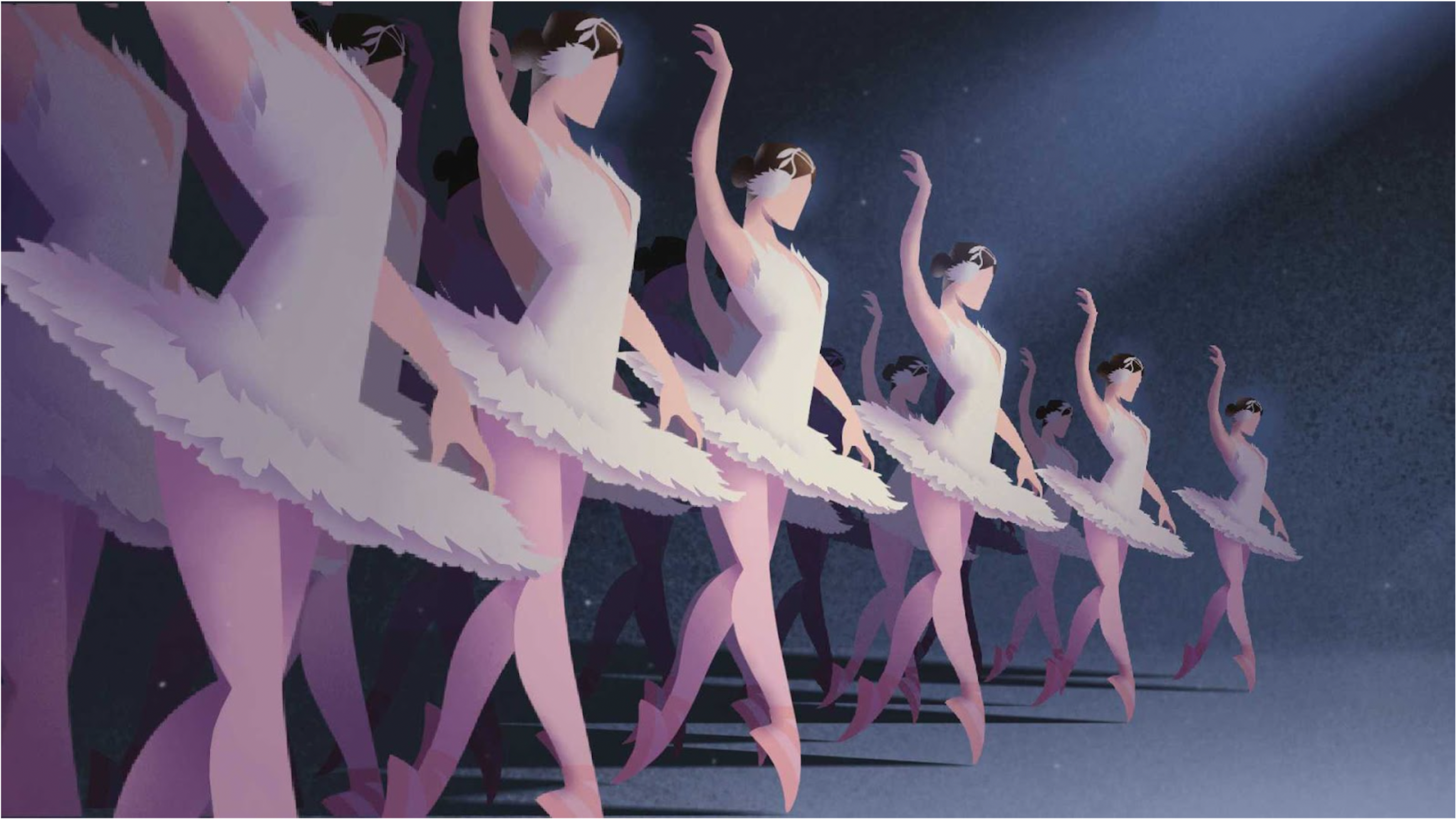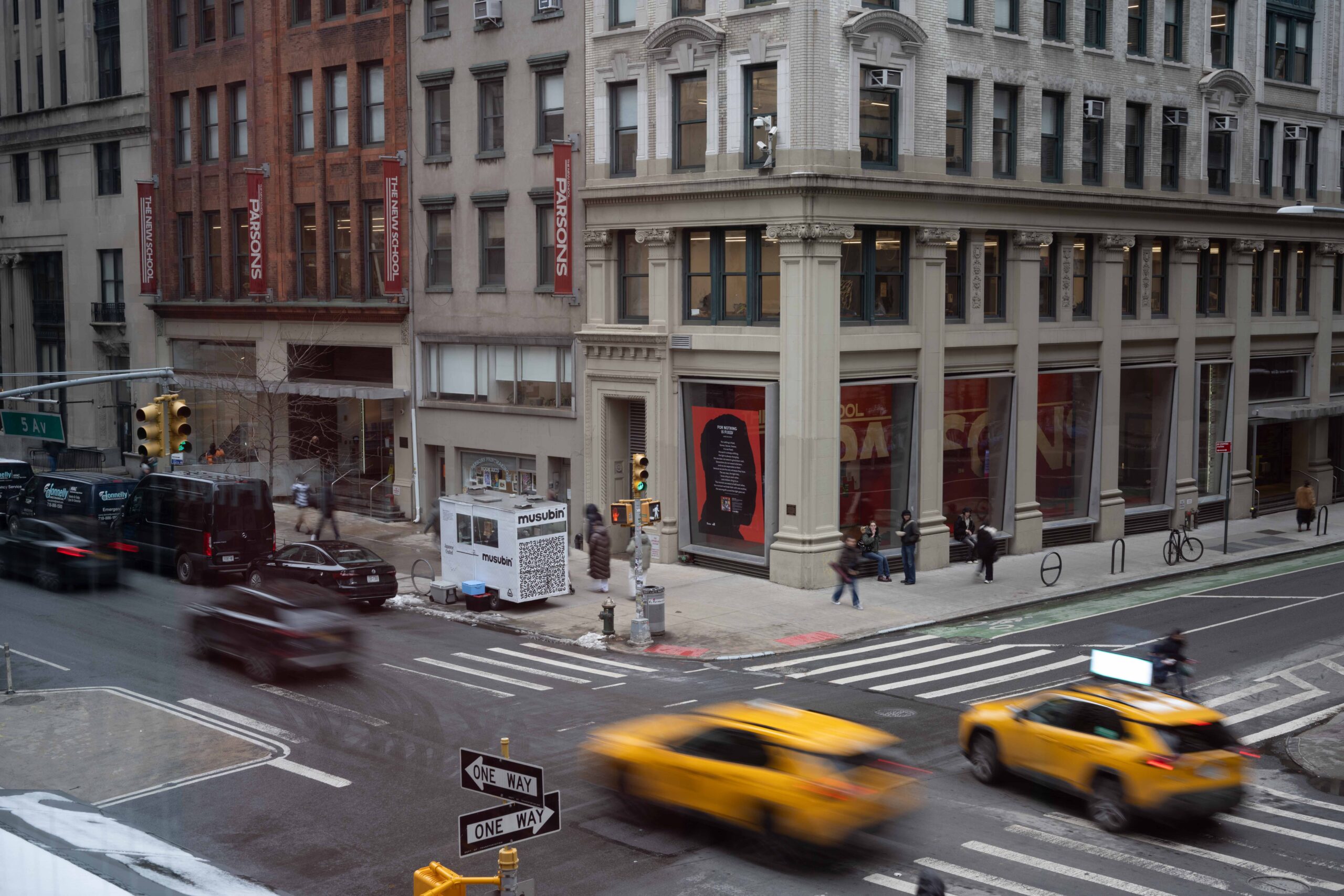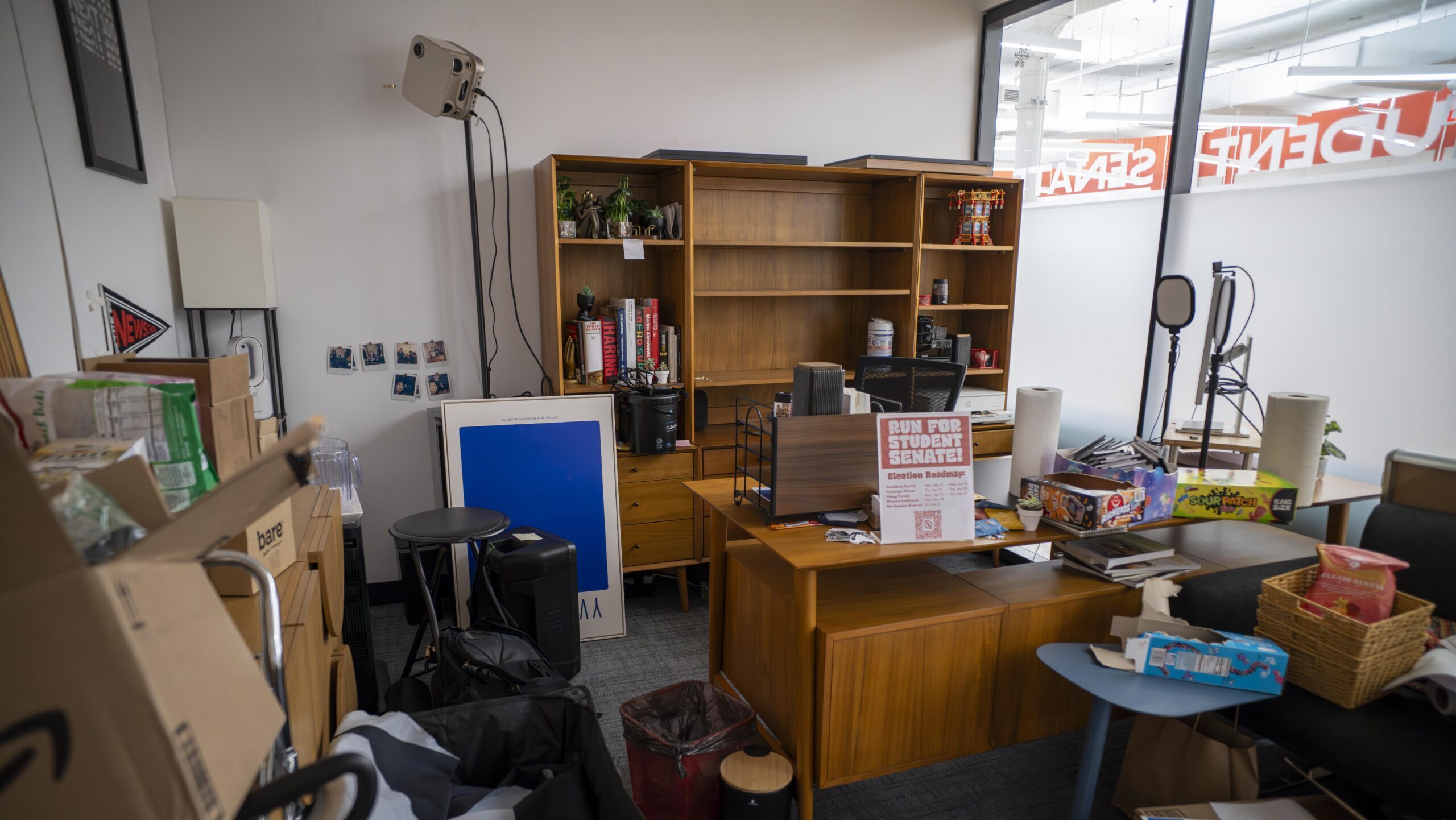This story was originally published in Sept. 2024, see Editor’s Note below.
When you think of ballet, here’s what might come to mind: fluffy pink tutus squeezed over pale pink tights, the color of the fabric blending in seamlessly with the little girl’s skin. Satin pink “ballet slippers” hugging tiny feet, the ribbons exaggeratedly tied up the dancer’s legs. Ballet is girly and childish. An after-school activity you sign your child up for with an exaggerated color pallet of pink and an obsession with tulle.
But, in reality, pink tights, pink pointe shoes, and flat shoes were created in the seventeenth century in order to match the skin tone of the ballet dancers: white.
Throughout history, racism has continuously plagued the ballet industry. From not supplying dancers of color with shoes, tights, and much more that match their skin color, to the explicitly racist aesthetic of ballet, the curtain must be revealed, and the spotlight must be shone on the reality of racism inside the ballet industry and the underrepresentation of Black dancers within the sport.
For ballet dancers, their tights and shoes must match the color of their skin as this aids in lengthening their line. Your line is how long and thin your limbs appear. In the ballet industry, the longer and thinner they are, the better. When dancers wear equipment that matches their skin tone, it gives the illusion that they are barefoot and without clothing on their legs. When a dancer with brown or black skin wears pink colored tights or shoes, it shortens their line, making their limbs appear shorter as the differentiation in color breaks the line of their body.
Not only were dancers of color forced to wear ballet essentials meant for someone who’s white at the expense of their line, but it took a mental toll as well, sending a message to minority dancers everywhere: you do not belong.
Only after the murder of George Floyd in 2020, when the Black Lives Matter Movement exploded did most companies that manufacture pointe shoes, flat shoes, and tights begin introducing these items in skin tones other than white. However, not all companies followed suit. Bloch, one of the biggest pointe shoe manufacturers in the world, still refused to release shoes in other colors until 2021.
Often, if dancers of color wanted pointe shoes in a color that would match their skin tone and lengthen their line, they had to “pancake their shoes,” a method in which one covers their pointe shoes in makeup foundation, painting them to match their skin tone.
However, this is a laborious process, as an average pair of pointe shoes lasts only eight hours, thus forcing professional dancers to complete this process multiple times a week. Even though ballet equipment is available in various skin tones today, many dancers still choose to wear tights and shoes meant for those with lighter skin tones.
Not only does ballet exclude dancers of color by not providing them with shoes and tights in their skin tone, the industry also pushes them away by creating an aesthetic that is extremely racist as well. Sekari Robinson, the author of the dissertation, “Dancing While Black, Managing Racial Fatigue in Ballet said, “Choreographer George Balanchine famously stated that, ‘Ballet is woman,’ and although he didn’t specify what kind of woman in this statement, he certainly specified it in his descriptions and feelings towards the ideal ballerina.”
Balanchine aided in engraving the “ballet body” by pushing the notion and expectation that the professional ballerina must have long, thin limbs, a small head, short torso, and no body fat.
“This is to the point of looking prepubescent, mythical, and overall unattainable — which is pretty similar to dominant Western standards of beauty and attractiveness,” Caroline Picart said in “A Tango between Copyright and Choreography: Whiteness as Status Property in Balanchine’s Ballets, Fuller’s Serpentine Dance and Graham’s Modern Dances.”
She continued, “Balanchine also believed that a ballerina’s skin should be the color of a ‘freshly peeled apple,’ and for years he would not admit a woman into the company who deviated from that ideal pale skin color.” “This standard of the ideal ballerina ‘look’ that George Balanchine praised is still followed today,” Sekani Robinson said.
Ballet, put simply, is a racist industry, leading many dancers to experience racial fatigue on top of the already enormously stressful and pressurized profession that is the professional ballerina. Racial fatigue is defined as race-related stress, leading many Black professional dancers to quit out of sheer exhaustion. This is, in part, why the rate of Black ballet dancers is so low.
In the United States, Black dancers make up less than 5% of ballet companies, according to a Zippia.com poll. “A lot is still the same,” Misty Copeland, the first Black Principal ballet dancer at ABT, who received this position less than a decade ago, told Time Magazine. “The one difference is that the world outside ballet has changed.”
I was ten years old when I started ballet, and nine years later, the lack of diversity within the industry still persists. I remember teachers always making the distinction that the ballet uniform worn in class must always consist of a black leotard, pink tights and pink shoes, not skin-colored, but pink.
At my dance studio back home, there were only three Black girls, all of them outstanding dancers. I remember for years one of the girls continuously receiving callbacks for the role of Clara in The Nutcracker, but was never given the part. Instead the role always went to the girl standing next to her. The one with straight brown hair, blue eyes and pale skin.
Editor’s Note: This story was originally published in Sept. 2024 but was temporarily unavailable on our website. We have republished the piece in its original form and are investigating the cause of the disappearance. We apologize for the confusion and inconvenience.







Leave a Reply